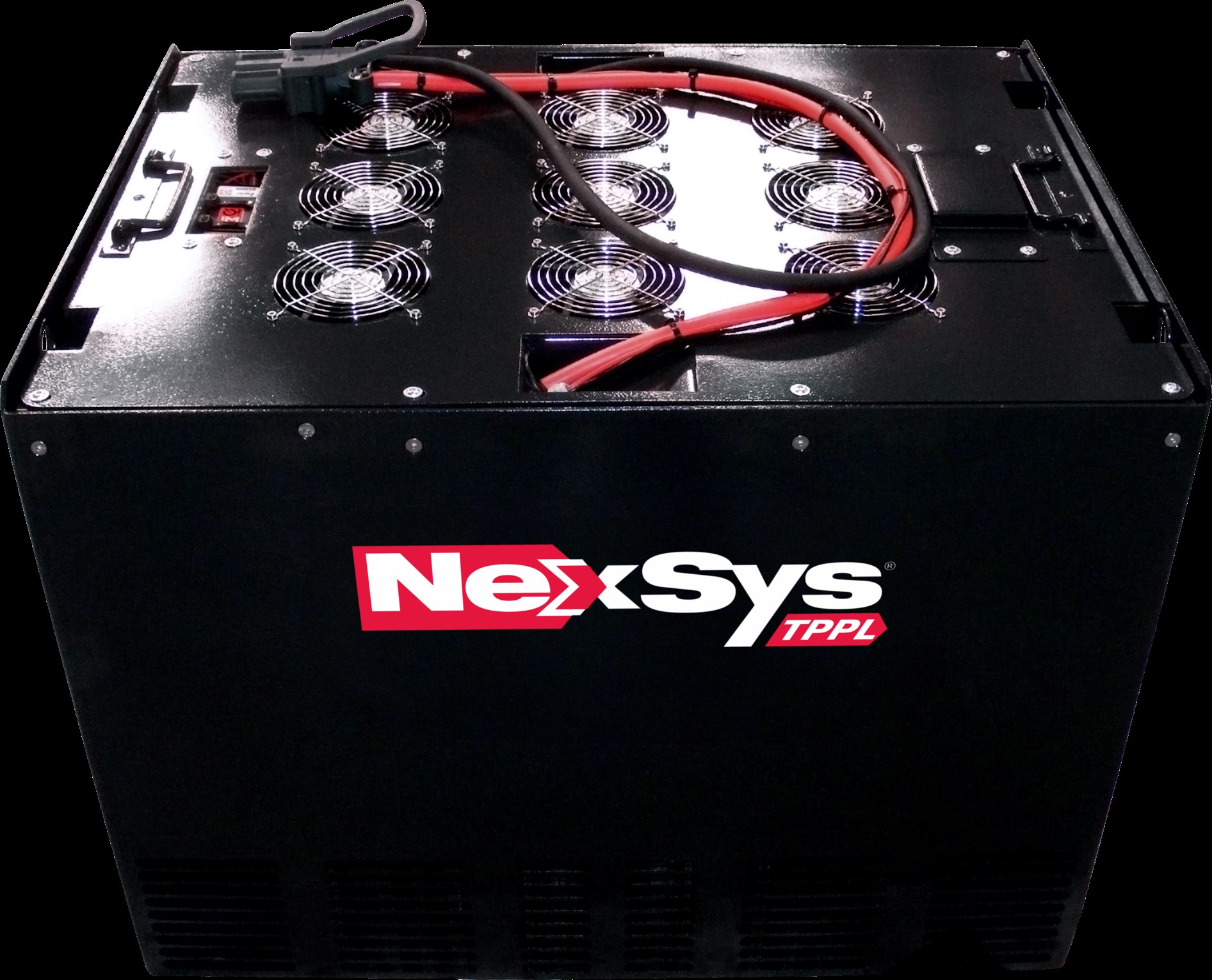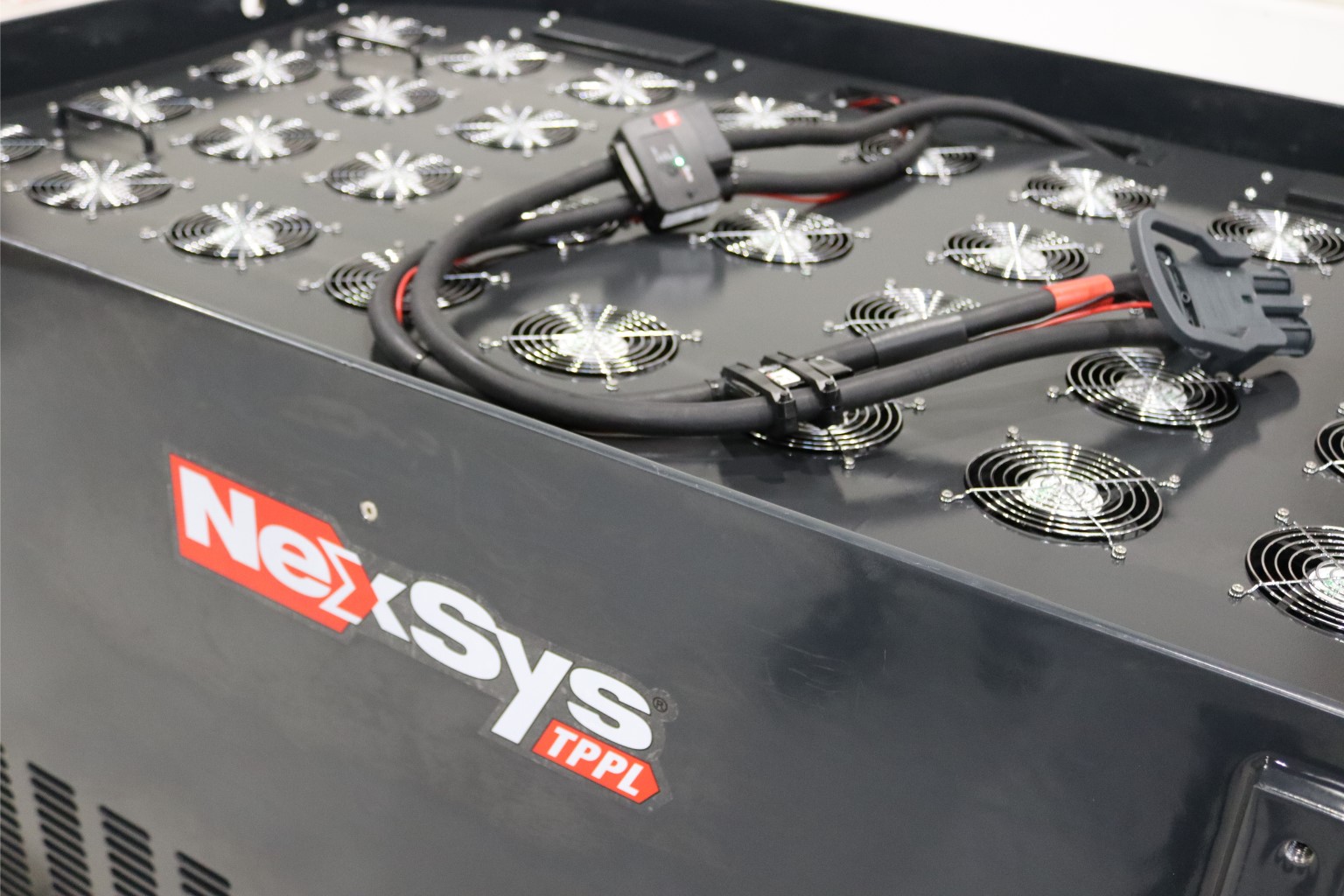Geopolitical upheaval and legislative change: More turmoil for shipping ahead.
There’s no such thing as a typical week for shipping. Global routes form a delicate web, and disruption is to be expected. From inclement weather to economic headwinds, disruption rarely makes global headlines, as contingency planning by shippers and carriers usually shields consumers from its effects. Notable exceptions include the period following COVID-19 lockdowns, when the whole globe felt the impact of port congestion and skyrocketing shipping costs. Recent events appear similarly momentous, putting global shipping in a precarious position and highlighting endemic issues.
When lightning doesn’t just strike once
Rather than a single lightning strike, current shipping disruption can be attributed to a barrage of unforeseen geopolitical and climatic developments. Currently, attacks by Houthi rebels are disrupting shipping in the Suez Canal, which usually accommodates roughly 12% of annual world trade and 30% of all global container traffic. Meanwhile, across the globe, an ongoing drought in the Panama Canal continues to restrict shipping capacity.
The result? Shippers are experiencing significant delays, and freight costs are skyrocketing again. For example, Transporeon data shows that container shipping prices from Asia to Europe have recently spiked by 300%. And with no end to disruption in sight, this may just be the start! But geopolitical upheaval is just one of many sources of disruption facing the European maritime transportation sector, with two important legislative changes coming into force.
Introducing the EU Emissions Trading Scheme
Designed to reduce shipping emissions by encouraging carriers to invest in sustainably-fuelled vessels, the EU Emission Trading Scheme (ETS) came into force at the start of 2024. Shipping companies are now obliged to buy permits for a portion of their emissions (gradually increasing to 100% by 2027) for all inbound, outbound and transhipment vessel movements. LNG and other ‘sustainable’ fuels are exempt from EU ETS. However, these are currently used in less than 1% of maritime transportation, and it’s likely to take decades to build capacity. So, in the short term, most carriers will view EU ETS as a ‘cost of doing business’. An extra ‘ETS/fuel surcharge’ will most likely be passed onto shippers.
The end of CBER
In April, the EU will make another significant legislative change by discontinuing the 2009 Consortia Block Exemption Regulation (CBER), which allowed shipping companies to cooperate in consortia. CBER was introduced to improve service availability and market options for shippers, intended to drive down the price of maritime transportation. However, the pandemic exposed its flaws (limited oversight and information-sharing), which allowed larger carriers to consolidate and potentially exploit loopholes. This led to higher prices and reduced service options for shippers – and ultimately to the exemption’s demise.
The full implications of ending CBER aren’t clear yet. Shipping consortia will need to carefully assess whether their current cooperation agreements are compatible with general EU antitrust rules when offering joint services or sharing slots, capacity and data. However, some speculate that we could see reduced competition (and therefore capacity). Container shipping is very capital-intensive, and there’s a high barrier for carriers to add new services to a line, particularly when collaboration is limited. However, there’s also a clear expansion opportunity for carriers who already have a strong market position.
If disruption is a given, how can shippers prepare?
Ask any shipper, and they’ll tell you that delays aren’t always inherently problematic. However, a mismatch between their expectations (i.e. the timely arrival of cargo) and reality (i.e. delays) can have serious repercussions in the form of resource misallocation and unnecessary costs. These are ultimately passed onto consumers when problems stack up – so everyone loses.
Unfortunately, ‘unexpected’ delays are far too common in maritime transportation. The problem isn’t that delays happen ‘too suddenly’ for shippers to act, but that there’s a lack of information-sharing within the industry. Shippers routinely lack regular updates on the status of their freight, and if freight has been booked via a third party, tracking information is often completely unavailable.
Maritime transportation suffers from endemic data fragmentation. For instance, to track freight, shippers currently have to ‘call’ different carriers’ APIs individually for each vessel. The technology to fix this problem already exists. In recent years, it has been widely implemented across other transportation modes – to the point where real-time visibility is now becoming standard practice for road freight.
In maritime transportation, the key to minimising disruption lies in increasing cross-industry collaboration and boosting the data maturity of shippers and carriers. Ideally, early impact identification and analysis require shippers to have access to a single source of truth with data from all carriers. Though data fragmentation can’t be fixed overnight, shippers can already implement technologies that offer improved visibility into the location of freight and enable them to predict where future disruption might occur. The bottom line? Shippers can’t control the climate. Or geopolitics. Or legislative changes. But they can control how they respond to disruption.
by Lena von Fritschen, Director Market Intelligence at Transporeon, a Trimble Company.
Read more…
Industry View: Secure Your Supply Chain Now to Beat Disruption






